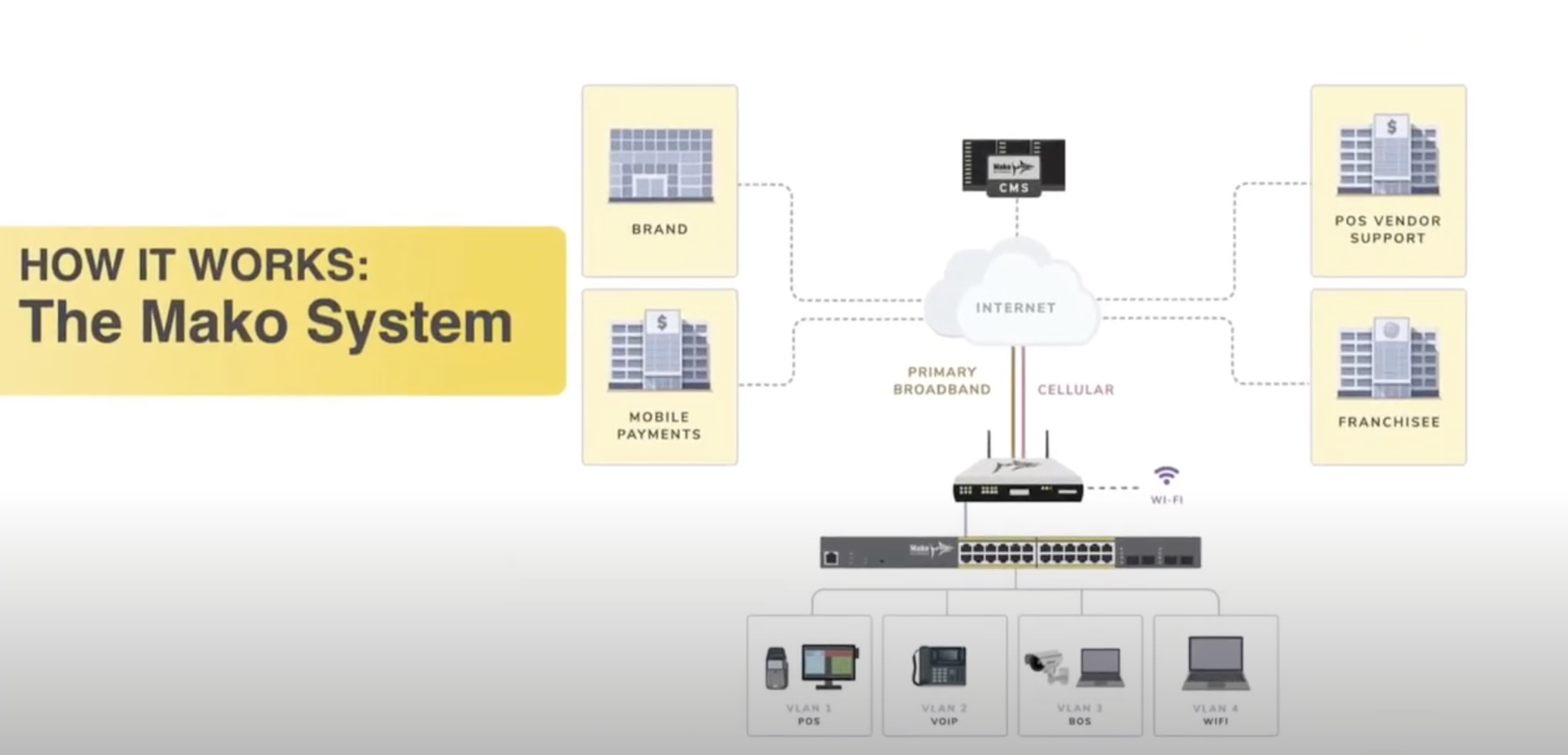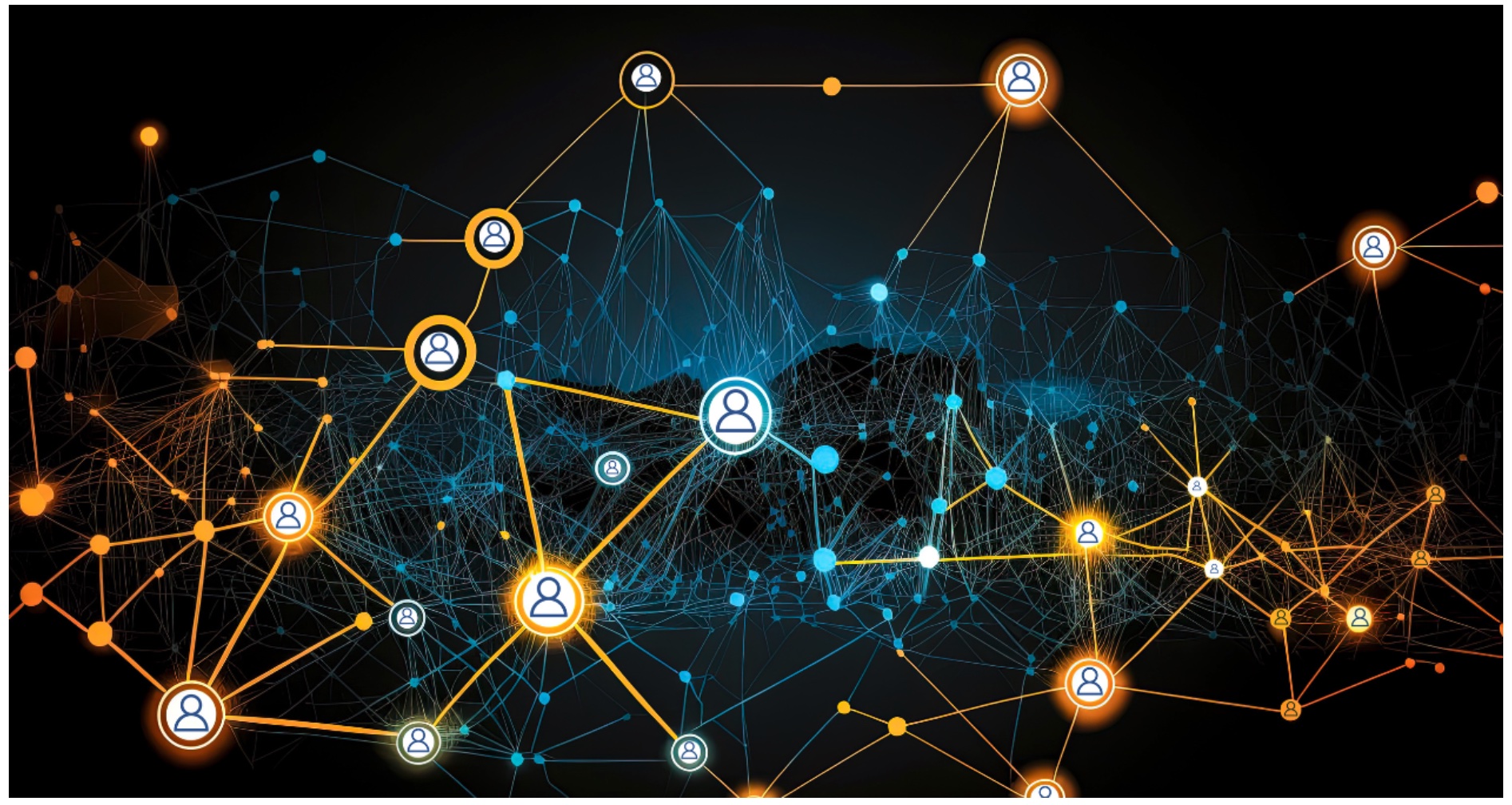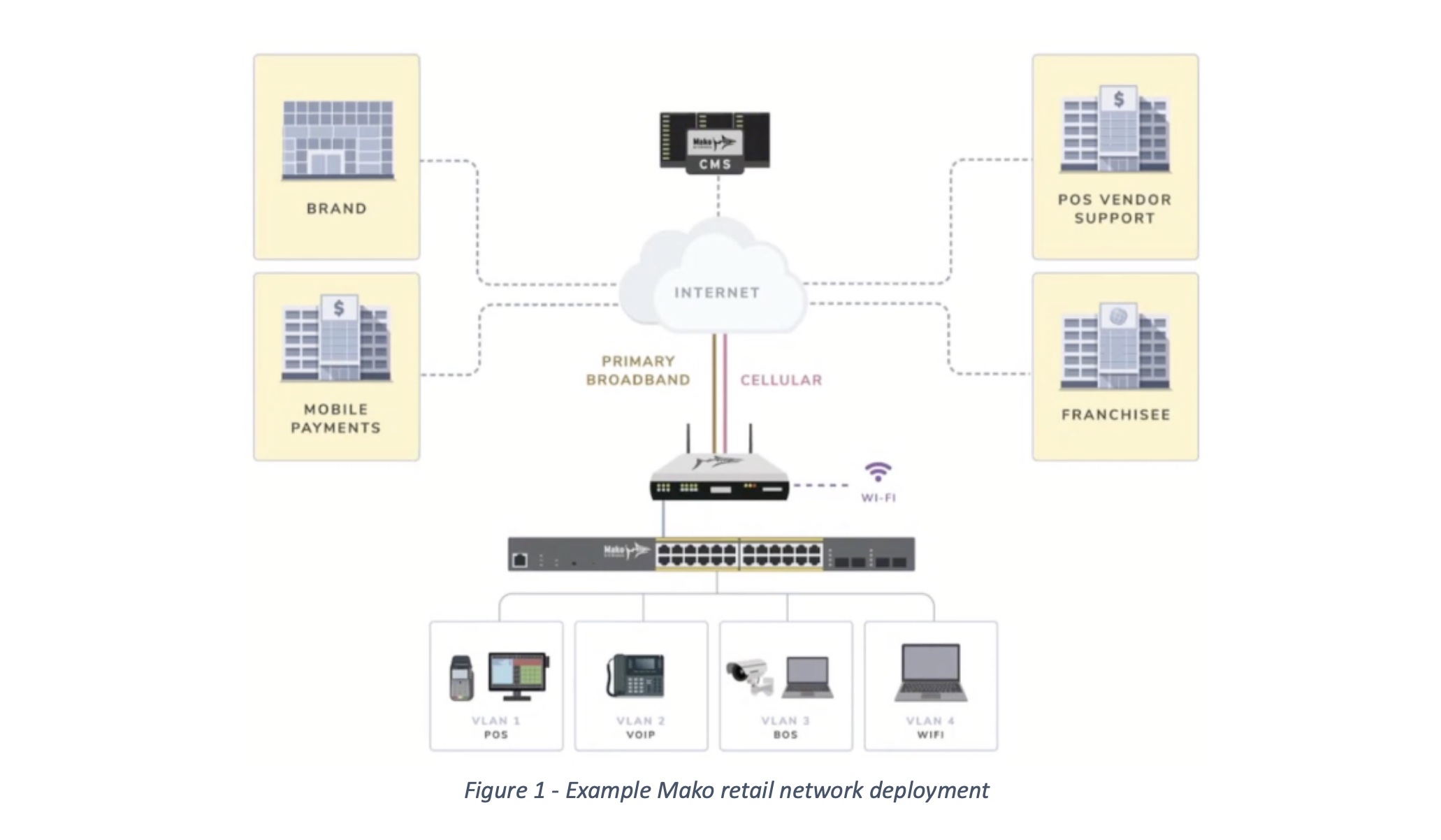Edge has many different stakeholders, applications, and needs, and this is especially true in distributed retail environments. This episode of Utilizing Edge features Simon Gamble of Mako Networks talking with Brian Chambers and Stephen Foskett about the complexities of technology at the retail edge. The key according to Gamble is segmentation of brands, franchisees, and technical applications. In some cases a single location might even include multiple separate companies or tenants under the same roof. Video, sensors, IoT, and location-based services are coming to retail locations as well, and some of these leverage outside service providers as well. Although sharing infrastructure is desirable, segmentation and security is key. Retail edge environments are increasingly complicated, but there are many ways to consolidate, converge, and standardize to make them practical to implement.
- Stephen Foskett, Publisher of Gestalt IT and Organizer of Tech Field Day. Find Stephen’s writing at GestaltIT.com and on Twitter at @SFoskett.
- Brian Chambers, Technologist and Chief Architect at Chick-fil-A. Connect with Brian on LinkedIn and Twitter. Read his blog on Substack.
- Simon Gamble, President of Mako Networks. You can connect with Simon on LinkedIn and find out more on the Mako Networks website.
For your weekly dose of Utilizing Edge, subscribe to our podcast on your favorite podcast app through Anchor FM and check out more Utilizing Tech podcast episodes on the dedicated website, https://utilizingtech.com/.
Key Points: The Retail Edge
- The retail edge presents distinct challenges due to its decentralized nature, diverse stakeholders, varying demands, and the absence of traditional IT skills, requiring innovative approaches to address the multitude of differences and ensure effective edge management.
- Retail enterprises at the edge face unique challenges with distributed networks and franchise groups having their own desires and conflicting technology preferences, requiring a balance between accommodating all parties and adhering to brand standards.
- Standardization and segmentation are key approaches to address the heterogeneity of environments, allowing the brand to deploy their standard in specific network areas while granting control to franchisees over other parts, such as point-of-sale and back-office networks.
- Successful deployments have seen a combination of autonomy in decision-making for franchisees and a platform or solution that brings sufficient standardization without the challenges of a completely varied landscape.
- In the distributed retail environment, with multiple owners, brands, franchisees, and applications, segmentation becomes crucial to separate systems like payment processing, inventory control, and HR for both legal and organizational reasons.
- The complexity of the edge lies in the fact that while different stakeholders may have the same boss within their own organizations, they also report to multiple entities, requiring flexibility, adaptability, and the ability to prevent third-party circumvention to cater to the needs of various parties involved.
- In the retail environment, there are often sub-tenants within a store, such as pharmacies or coffee shops, which are separate businesses with different IT needs, requiring accommodating technologies.
- The edge computing landscape presents challenges of multi-tenancy, where multiple businesses share infrastructure and require data processing and segmentation to enable information monetization while ensuring data security and privacy.
- Point-of-sale data is increasingly used for monetization purposes, allowing consumer goods companies to make informed decisions about packaging, product placement, and shelf space, but caution must be exercised to balance data sharing and privacy concerns.
- Edge computing enables retailers to analyze heavy data payloads, such as video footage, at the edge, reducing costs and enabling real-time insights for operational improvements.
- The decreasing price of compute allows businesses of all sizes to leverage edge capabilities for data processing, leading to more affordable and scalable solutions.
- Video analysis at the edge is utilized for various purposes, including analyzing customer flow, reducing shrinkage, and providing location-based services for personalized customer experiences. It benefits both large enterprises and smaller businesses in leveraging data for operational efficiency.
- The implementation of Wi-Fi for customer use and other marketing bells and whistles in retail aims to improve retail results rather than just customer experience.
- The infrastructure for customer Wi-Fi and critical operations like point-of-sale and credit card processing can either be shared or separate, depending on the level of segmentation required.
- While real-time data analysis demos may be intriguing, the true value lies in generating executive summaries that provide insights over longer periods, allowing organizations to make informed decisions. Marketing budgets can often support IT spending for these initiatives.
- Sharing infrastructure between guest Wi-Fi and critical retail applications is both scary and inevitable, requiring high levels of security.
- Companies often view localization and location-based services as profit centers, using them to make their edge IT infrastructure financially viable.
- Some of these technologies, while initially intimidating, can actually improve customer service and satisfaction, benefiting both the business and the customers. Prioritizing customer and employee well-being is crucial for long-term success in business.
- Sharing infrastructure between guest Wi-Fi and critical retail applications is both scary and inevitable, requiring high levels of security.
- Companies often view localization and location-based services as profit centers, using them to make their edge IT infrastructure financially viable.
- Some of these technologies, while initially intimidating, can actually improve customer service and satisfaction, benefiting both the business and the customers. Prioritizing customer and employee well-being is crucial for long-term success in business.
- The intersection of customer experience and privacy presents a challenge in finding a balance that satisfies both customer demands for convenience and fast service and privacy concerns.
- In complex retail environments, it is important to consider specific challenges and find special-purpose solutions that meet the unique needs of the environment, rather than relying on generic technology solutions.




